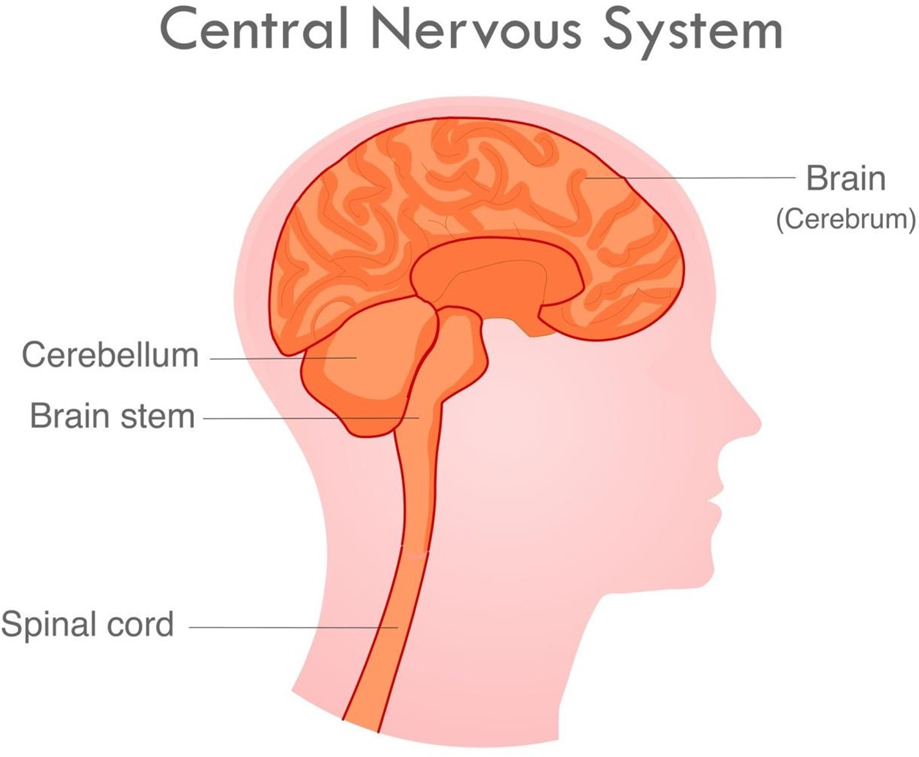The student nurse is studying the functioning of the nervous system. Which of the following descriptions of the central nervous system is accurate?
The central nervous system consists of the brain and electrical impulse stimulators.
The central nervous system is made up of the hypothalamus and cerebral nerves.
The central nervous system is made up of the brain and spinal cord.
The central nervous system includes the peripheral and autonomic components.
The Correct Answer is C
A. This option inaccurately includes "electrical impulse stimulators," which is not a recognized component of the central nervous system. The central nervous system comprises the brain and spinal cord.
B. The hypothalamus and cerebral nerves are parts of the nervous system but do not represent the entirety of the central nervous system.
C. The central nervous system consists specifically of the brain and spinal cord, responsible for coordinating and processing sensory information.
D. The peripheral and autonomic components belong to the broader nervous system but are not part of the central nervous system.

Nursing Test Bank
Naxlex Comprehensive Predictor Exams
Related Questions
Correct Answer is A
Explanation
A. Dysmenorrhea refers to painful menstruation, commonly associated with cramping in the lower abdomen.
B. Dysuria is painful or difficult urination, unrelated to menstrual pain.
C. Hematuria is the presence of blood in the urine, not associated with menstrual pain.
D. Dyschezia refers to painful bowel movements, not related to menstrual pain.
Correct Answer is D
Explanation
A. The basal ganglia are involved in motor control and learning but not specifically in controlling voluntary movement.
B. Motor pathways do not directly synapse in the thalamus; the thalamus serves as a relay station for sensory information.
C. The cerebellum is primarily involved in coordination, balance, and muscle control, not in speech and emotions.
D. The hypothalamus plays a crucial role in regulating body temperature, controlling hunger, thirst, fatigue, and regulating sleep cycles.
Whether you are a student looking to ace your exams or a practicing nurse seeking to enhance your expertise , our nursing education contents will empower you with the confidence and competence to make a difference in the lives of patients and become a respected leader in the healthcare field.
Visit Naxlex, invest in your future and unlock endless possibilities with our unparalleled nursing education contents today
Report Wrong Answer on the Current Question
Do you disagree with the answer? If yes, what is your expected answer? Explain.
Kindly be descriptive with the issue you are facing.
